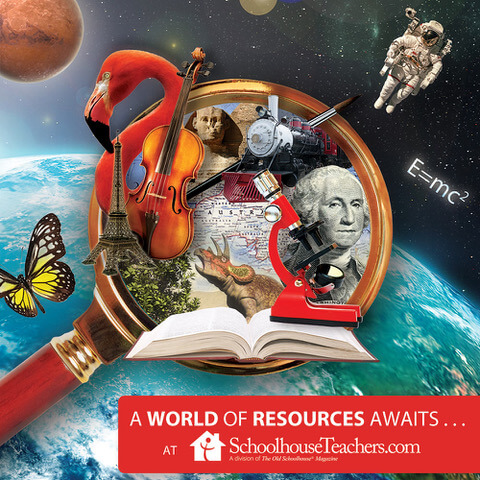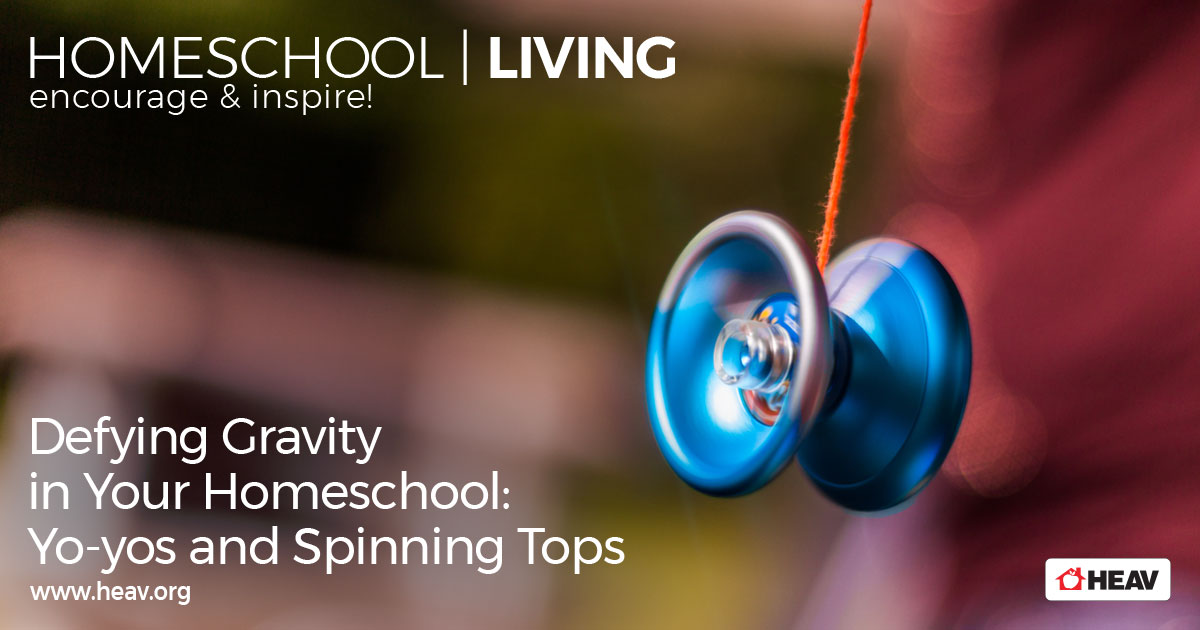Themes and Learning
by Joe Dean
We sat in a tent drinking water from canteens and eating beef jerky. We tried to guess which wild animals were making noise as their grunts and roars filtered through the dark. Camping in the Savannah frightened my boys more than I had originally intended…but then again, sleeping under the stars in Africa wouldn’t exactly feel safe if we were really there.
Over the years, nothing has excited my three sons more than a good Adventure Night. With each Adventure-Night theme, I have tried to transport my sons to another world with an exciting themed experience to go along with it. It’s difficult to capture the spirit of Africa, for example, from a book or even a movie, so I did my best to recreate it for them.
Although intellectually we all knew that we were safe and sound in our own darkened living room, the kids’ imaginations took them someplace far away. That night they weren’t in Idyllwild, California; they were in Africa, and you could see it in their faces. We all had a great time, and that evening burned into the boys’ memories forever.
In previous Adventure Nights, I had taken them on quests for sunken pirate’s treasure, explorations through darkest Africa, and even on a Scooby Doo murder-mystery case. I only had to mention the theme to get them excitedly chatting over the possibilities of what I might have waiting. Would they be exploring an Aztec tomb? Learning an American Indian burial ritual? Discovering an underwater research station?
Integrating Themes Communicate
In my more than twenty years of professional experience recreating themed parties and adventures for corporate and private events, I’ve learned that themes communicate. If you spend ten minutes explaining to an adult the responsibilities of an ancient Egyptian pharaoh, you’ll be lucky if he retains twenty-percent of the information. Have him sit on a pharaoh’s throne for ten minutes, delegating the responsibilities himself, and he’ll remember every detail for years. The more developed the theme, the richer the experience—and ultimately the more vivid the memory. Themed events are powerful tools for educating our children as well.
Even though for my professional clients I use hired actors, elaborate costumes, fog machines, and stage settings, these aren’t necessary to develop an effective theme adventure. Through the use of cheap costume pieces, period music, and garage-sale junk, I’ve recreated chapters of history in which to envelop my sons. Once there, they explore the “world” by completing tasks and meeting characters from the era. With each problem-solving task they take on, their brains are engaged in a new, experiential way. Years later they can remember the names of the pharaohs they’ve met, the knights they’ve helped, and the cities they’ve visited—not because of hours of study, but rather because these were people my children met and places my children visited. My kids get to experience the world without leaving home.
Integrating Themes Bring Meaning
Whether we realize it or not, our lives are represented in themes. If we are at home, we are surrounded by sights, sounds, and smells that all reinforce the concept of home. When we are in Florida on vacation, we are surrounded by hotel rooms, palm trees, and the smell of ocean…they all work together to create a larger picture. If life delivers information in themes, why wouldn’t we represent information in a similar format (or at least attempt to)? When details are brought together in a unified way, the overall concept has meaning. When there’s meaning, our brains are engaged much more powerfully. Seemingly random items and facts now show relationships—and those relationships are exciting to discover.
Integrating Themes Make Learning Personal
When an event has meaning, we begin making observations and drawing conclusions. When I “took my kids to Africa,” they began to question the sturdiness and stability of the tent (out of fear), and tried to judge the distance of the animals based on the volume I had arbitrarily chosen for the sounds being played. The theme took them to a new place and they brought their brains with them. The experience became personal, which is why they can still recall many of the details even years later. We all remember the personal.
Integrating Themes Bring Inspiration
A second by-product of transporting someone into a theme is the inspiration one feels from experiencing something new and exciting. A Caribbean island becomes a place where we can walk barefoot on sand, drink from a coconut, and eat bananas. It becomes an enchanting place where parrots call out and waves lap the shores. Theme experiences become actual places to my children—places they were glad they visited. They become places my kids want to learn more about. It’s not uncommon for my sons to check out books at the library on subjects that pertained to a previous Adventure Night. Their curiosity was piqued and they wanted to know and experience more. That desire will keep them learning all through life.
Integrating Themes are Fun
Probably the most persuasive argument for integrating themes into learning is that it’s fun. Marketers and advertising agents understand this and utilize fun-appeal to sell their products. Where would you have more fun square dancing—in a school gymnasium or in an old barn? Which would you enjoy more—eating a croissant on your front porch or in a Parisian street café? The answers are obvious. Just think how children LOVE themed birthday parties—and for good reason.
Not everyone has access to stage props, costumes, sound effects, or the amount of free time necessary to pull off an elaborate theme. Fortunately, those aren’t necessary to develop a theme to its maximum potential. One just needs to be creative. When I was in third grade I spent four consecutive Fridays offsite with a few other students for some experiential learning on the theme of Medieval Europe. During those few separate days, we made our own candles, constructed armor from cardboard, built a castle complete with drawbridge, and constructed an abbey. Can I remember anything else I learned that year? Not much. But I can tell you everything about those candles! I got some hot wax on my fingers and concluded on my own that, in order to not hurt themselves, candle makers back then must have had a lot of skill!
Visuals
A great place to begin is to plan for visuals, both setting and props. Visit your local library and check out a stack of children’s books on your subject. Why start with children’s books? They are the best resource for pictures and concise details. They get to the point and give you exactly what you want, quickly. Write down details you see, such as people’s clothing styles, prevalent colors, native plants and animals, commonly used decorations, and other things.
Setting
Although the initial temptation might be to feel like you’ll need to spend a lot of money on a ton of decoration props, there are a lot of quick and cheap—often free—ways of creating a themed setting.
The first trick involves fabric. Going for a rustic, Old West theme? Try hanging some burlap over the entertainment center. Creating a Medieval castle? Hang swags of purple fabric on windows and doorways. Fabrics come in an endless variety of colors and prints. Check the dollar-a-yard section of your local Wal-Mart or fabric store. You’ll be surprised at what you can find. The best part about using fabric is that it keeps well and can be used multiple times.
A second trick is the effective use of lighting. Don’t have any plants but want to create a jungle? Switch out the normal white light bulb in your lamp with a green one purchased at any hardware store. Instant results. Want to transport the children to a Hawaiian-island volcano? Use a red light bulb. Sometimes no light is best. A darkened room and some candles can instantly create the inside of a Medieval abbey. You get the idea.
Something you might not readily think about is the concept of playing with temperature to imitate the “local” weather. Are you in the Arctic Circle? Crank up that air conditioner. In the breezy tropics? Turn on some fans. Outside a Hawaiian volcano? Break out some floor heaters. Simple things with amazing results.
Props
Walk around your house to see what you already have. Then, on your search, you’ll get ideas of items that would be perfect “if only you had one.” This is when you ask around among friends, family, and coworkers. You’ll be surprised what people have in their garages and attics! Other great resources include garage sales and second-hand stores. When choosing props, do what you can to find ones that your participants can USE. Let the child fill and carry a backpack with supplies for his African safari trip. Give her a map of the area or country to refer to during the experience.
Sound
Sound effects are usually an under-utilized resource for creating themes. With today’s technology, though, the possibilities are limitless. There are two basic types of sound to use—music and sound effects. A great resource for sound (beyond your own collection) is your local library. There you’ll have access to lots of different music and sound effects, all free of charge. Many metropolitan-area libraries have an inter-library loan system, thus allowing you to expand your selection. The BEST resource, however, is a major university library. You’d be amazed at the selection available, not to mention the wealth of knowledge from the librarians in the sound-recordings section.
Use period music relating to your theme. Try to avoid music ABOUT the theme; instead, use music INSIDE the theme. For example, don’t play “Old MacDonald had a Farm” for a barnyard theme; play music like “Turkey in the Straw” or some square-dancing fiddle songs.
A second choice for music can be the use of movie soundtracks. Professional songwriters and musicians get paid big bucks to create moods and themes with their music—take advantage of all the work they’ve already done. Try to avoid recognizable themes unless, of course, your theme IS that particular movie.
The use of even the simplest sound effects can produce amazing results. With a single sound effect (i.e. a lion’s roar, a spacecraft liftoff, a horse whinny, etc.) you’ll create a new dimension to your theme. You can string together a few different sounds (with timed spaces in between) for a more real-life effect. For example, you might string together different animal sounds as I did for my African safari Adventure Night. In addition to libraries, the Internet offers many sounds you can download for free.
Keep in mind the “feel” you want for your theme as you choose your sounds. When I made an attempt to recreate Africa, I was trying to create a rustic and wild feel, so I chose some simple jungle drum music I found at the library. Do you want an inviting feel? Do you want mystery? How about enchantment? Suspense? Make sure you know your mood first, and then choose the sound that will bring it out the best.
Action
Once the theme is decided, plan for the child to become PART of it. This can be done several different ways; however, they all involve the concepts of DOING and EXPERIENCING, versus seeing and hearing. Although visuals and appropriately prepared sounds are fantastic tools for creating a theme, let them support, rather than supplant, the child’s actions. Provide as many opportunities for children to think within the context of the theme. This concept is best understood by seeing examples of fun actions for children to do within each theme.
Examples
- SPACE: Ask the children to create their own spaceship or shuttle control board for their ship (if you haven’t already created one for them). Have them figure out their own take-off and landing procedures. Give them possible problems to solve when they’re inside their ship, such as low fuel, damaged ship panels, and food shortage. Hold up photos of planets and other objects they might find on their journey, such as black holes and stars. See which they know by name.
- OLD WEST: Have kids tie various knots and practice throwing ropes to lasso different objects. Give them pie tins and take them in the back yard to pan for gold. “Gold” can be made by spray painting gravel and burying it in mud you’ve prepared.
- ESPIONAGE: Give kids secret messages to decode to reveal the names of specific world cities where hidden bombs have been placed. Then, give them a world map and have them locate those countries and cities. Create an obstacle course for them to go through to test their agility and endurance as spies “in the field.” Take apart an old, broken kitchen appliance such as a can opener, toaster, or clock (garage sales are great resources for these) and explain to the children that these are the missing parts to a new decoding machine for the CIA. Give them instructions to deliver the parts to different people and places in the house.
- PREHISTORIC: Create a dinosaur footprint in mud in your yard. Have the children make a plaster mixture and pour it into the imprint to create a cast of the footprint for analysis back in the lab. Provide the children with small notebooks to use as their “discovery journals” to write down all the things they see and experience as they explore the theme. Hide plastic eggs (raptor eggs) in the yard and explain that the children must find them and bring them back to the lab for research.
In Conclusion
A theme developed with great accuracy and detail makes it easier for participants to transport themselves not only INTO the theme, but also OUT OF their current world. They can leave behind what they think they know, and see things with a fresher viewpoint. Don’t ask children to shut their eyes and imagine being someplace else; rather tell them to OPEN their eyes and to look around them. The more that they are able to see, smell, feel, and hear, the more they will understand and remember—not to mention find exciting. It’s difficult enough to present material or share about a distant land or ancient culture in social studies. Those people are gone, and modern cities have been built on top of their ruins. But when you integrate themes into learning, children can fully grasp a culture’s relevance even if they are not fortunate enough to travel the world and view the actual ruins and ancient historical relics.
Joe Dean is the owner and founder of Quest Experiences, a production company specializing in themed events for both the corporate and private sectors. As a homeschooling parent, he has been able to incorporate many of his work skills into making his sons’ education an exciting experience. In an effort to stay at home and spend more time with his family, he now offers ideas and resources for theme parties, events, and treasure hunts through his website questexperiences.com. This article first appeared in the the Virginia Home Educator, Winter 2006.









